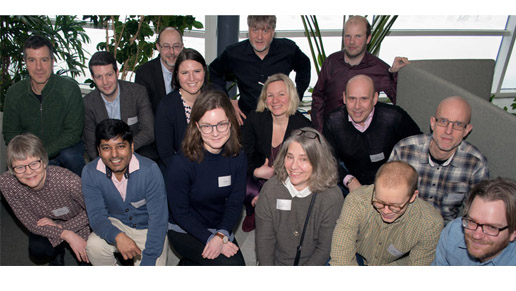
A collection of Swedish experts aims to create new bio-based products from excess waste sludge produced from wastewater effluent management at pulp and paper mills.
“Industries can compete for the same raw materials, but here we start with something that no one really wants. What was previously a by-product waste from a purification problem is now becoming a cascaded resource”, says Karin Willquist, Project Manager and researcher at RISE, Research Institutes of Sweden.
The waste organic residues can be converted into fossil-free bioplastics, bio-hydrogen gas and fish feed. Over twenty experts, including researchers and practitioners, are working together with three processes, linking material and economic flows of interest to Swedish pulp and paper mills, fish farmers, and the world leading bioeconomy cluster Paper Province. The goal is to create conditions for getting new bio based products and services in the market.
Business as usual with renewable resource production
The project is called MultiBio and it is unique in several ways. Partly, it is unique because three independent processes are coupled into one system. Also, the renewable resource production can take place while the mills continue their usual methods and business.
“Bio-hydrogen gas is becoming more and more interesting, for example as aviation fuel. Only water is formed in fuel cells, with no impurities at all. It is one of the cleanest fuels one can produce today. We may not be able to produce enough hydrogen for the entire aerospace industry, but we can contribute”, says Karin Willquist.
Nothing goes to waste
The biohydrogen gas process has previously only been investigated on a smaller scale, especially in laboratories. There, only 33 percent of the energy value has been captured, and this will not be profitable.

































